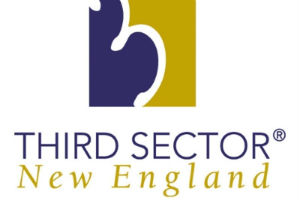If your organization is undertaking strategic planning, undoubtedly there will be at least one task force. How do you make sure that those involved are not simply wasting their time or feeling frustrated from a lack of direction?
The planning committee should provide sufficient guidance upfront to set up the task force for success, advise Michael Allison and Jude Kaye in Strategic Planning for Nonprofit Organizations. In addition, the roles of the ad hoc committee members need to be clarified. And who should serve on a task force?
- The primary requirements for membership are:
- Knowledge about the topic or an interest in the topic and a willingness to become knowledgeable; and,
- A willingness to participate in meetings, whether by phone or face-to-face.
A task force’s membership can include both board members, who are responsible for keeping the larger picture in mind, and staff members, who are often the most up-to-date and knowledgeable about a topic.
In addition, certain task forces might benefit from having a consultant or someone outside the organization as a member — someone whose knowledge and insights of a particular topic would add depth and wisdom to the conversation.
Each task force must be given a mandate regarding what it is supposed to accomplish. In general, most task forces develop specific recommendations about a particular topic, which are then brought to a larger group, such as the strategic planning committee or the entire board at a retreat. Rather than offering one option, a task force may be asked to discuss and present various options for consideration, with supporting analysis for each choice.











